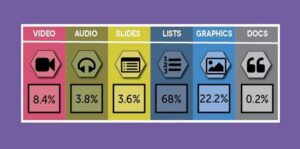#TChat Preview: How to Create the Ultimate Hiring Experience
The TalentCulture #TChat Show is back live in the New Year on Wednesday, January 6, 2015, from 1-2 pm ET (10-11 am PT). In the
The TalentCulture #TChat Show is back live in the New Year on Wednesday, January 6, 2015, from 1-2 pm ET (10-11 am PT). In the
Do you ever wonder how prevalent social recruiting is today – especially versus five years ago? Or what are considered best practices for reaching out

How does your digital content compare with popular blogs? And what can you do to improve? See what a TalentCulture audit revealed, and request a free audit for your site…

Does talent acquisition seem like a vicious cycle at your company? For sustainable results, try an approach that integrates 3 elements